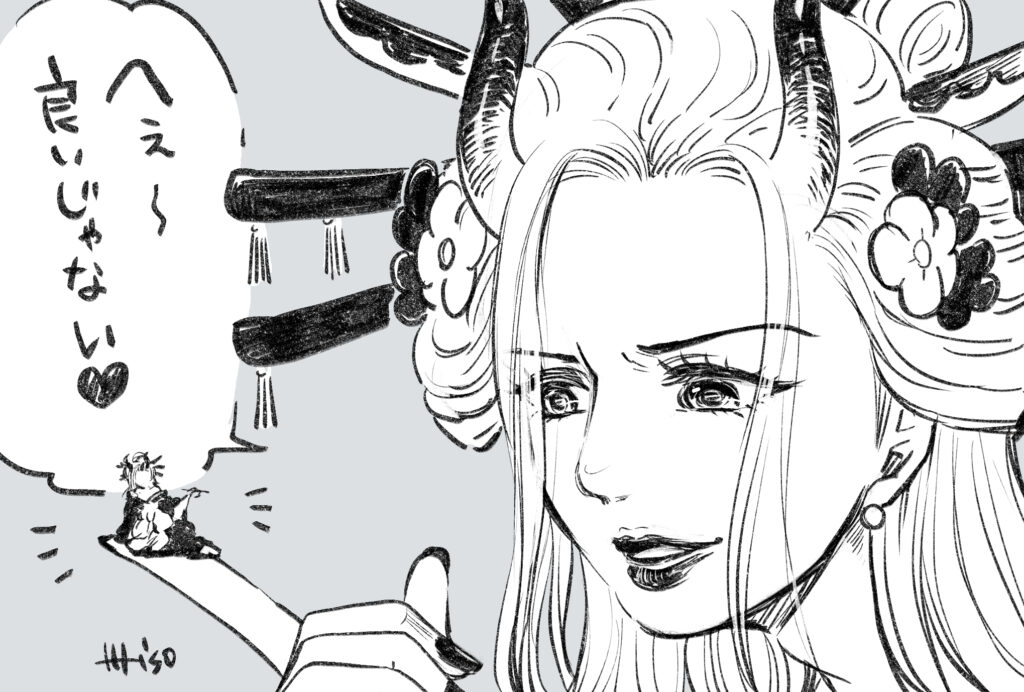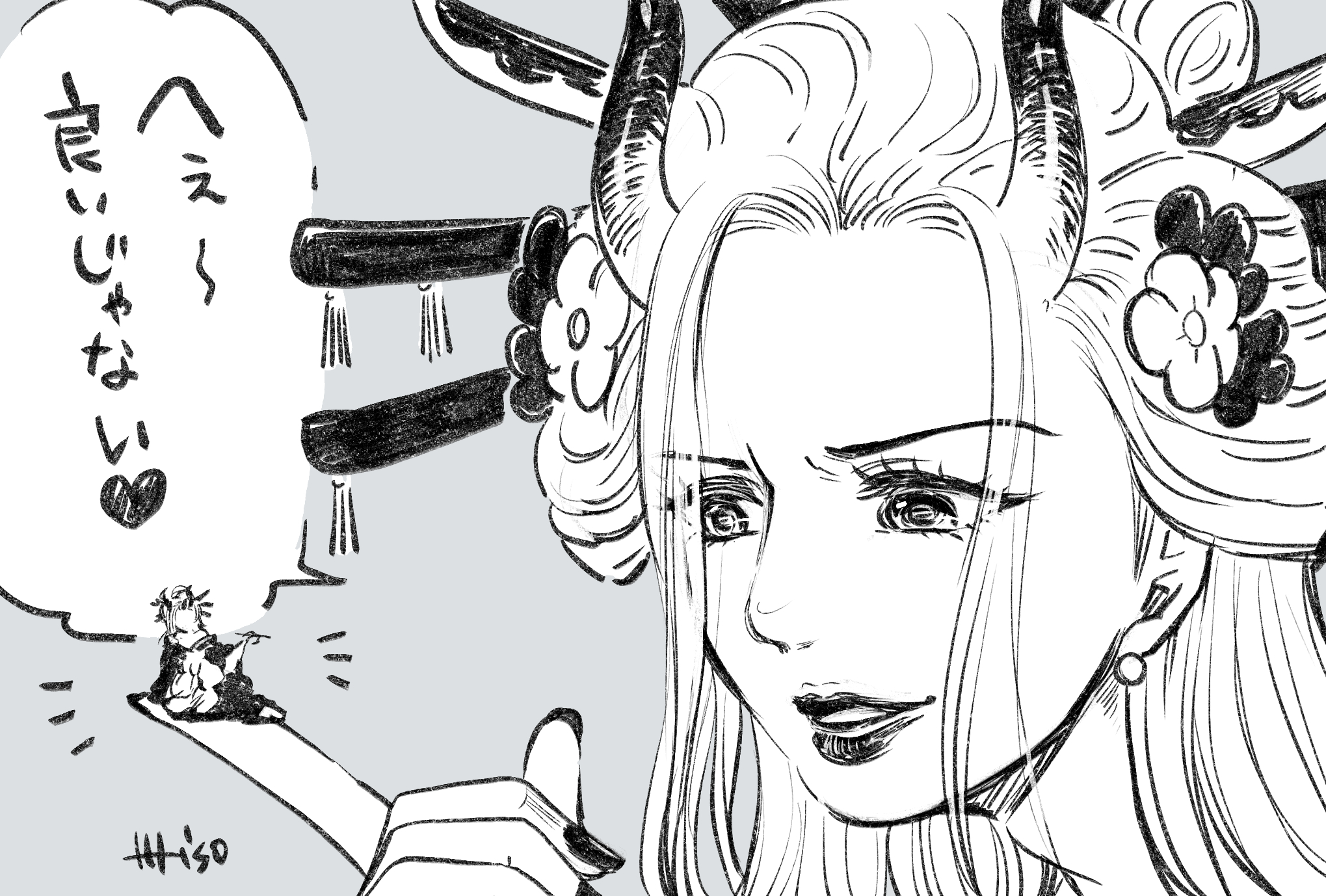
What is a Black Maria? Unveiling the History and Modern Uses
The term “Black Maria” might conjure images of shadowy figures and clandestine operations. While the name itself is steeped in history, its modern applications are far more commonplace than one might initially suspect. So, what is a Black Maria? In essence, it’s a slang term primarily used in the United States and the United Kingdom to refer to a police van or a prison transport vehicle. This article will delve into the origins of the term, its historical context, and how it’s used today, offering a comprehensive understanding of this intriguing piece of vernacular.
Origins of the Name “Black Maria”
The precise origin of the name “Black Maria” remains somewhat shrouded in mystery, with several competing theories vying for acceptance. One of the most popular explanations links the term to a particularly large and formidable African-American woman named Maria Lee, who ran a boarding house in Boston during the 19th century. Legend has it that Maria was known for her ability to maintain order and subdue unruly patrons, and that when the police needed assistance with difficult individuals, they would call upon her. The connection to the police van then arose from the vehicle’s role in transporting individuals who were similarly difficult to manage. This theory, while colorful, lacks definitive historical backing.
Another theory suggests that the name simply derives from the black paint used on early police vans. These vehicles, often horse-drawn carriages, were painted black to obscure the occupants and maintain a sense of anonymity. The “Black Maria” then became a straightforward descriptive term, highlighting the vehicle’s most prominent feature. This explanation is generally considered more plausible due to its simplicity and direct correlation to the physical appearance of the early police vans.
A third, less prevalent, theory proposes a connection to the black hearses used for transporting bodies. The somber and secretive nature of these vehicles may have contributed to the association with police vans, which similarly transported individuals under less-than-ideal circumstances. Regardless of the true origin, the name “Black Maria” stuck, becoming a widely recognized term for police transport vehicles.
Historical Context of the Black Maria
The use of the “Black Maria” dates back to the 19th century, coinciding with the rise of organized policing in both the United States and the United Kingdom. As cities grew and crime rates increased, the need for specialized vehicles to transport prisoners became increasingly apparent. The early Black Marias were typically horse-drawn carriages, designed to be sturdy and secure. These vehicles often featured small, barred windows and separate compartments for prisoners and officers. The dark color scheme further contributed to the vehicle’s intimidating appearance and reinforced the perception of law enforcement authority.
The introduction of motorized vehicles in the early 20th century led to the gradual phasing out of horse-drawn Black Marias. However, the name persisted, continuing to be used for the new generation of police vans. These motorized vehicles offered greater speed and efficiency, allowing officers to respond more quickly to incidents and transport prisoners over longer distances. The fundamental purpose of the Black Maria, however, remained unchanged: to safely and securely transport individuals in police custody.
Modern Uses of the Black Maria
Today, the term “Black Maria” is still used, though it’s becoming less common in official law enforcement circles. Modern police vans are typically referred to as prisoner transport vehicles, patrol wagons, or simply vans. However, the term “Black Maria” retains a certain cultural resonance, often appearing in popular culture, literature, and film. It serves as a shorthand for the concept of law enforcement and the transportation of individuals in custody.
The modern equivalents of the “Black Maria” are significantly more sophisticated than their historical predecessors. They are equipped with advanced security features, including reinforced doors, barred windows, and surveillance systems. The interiors are designed to be both durable and hygienic, ensuring the safety and well-being of both prisoners and officers. Many modern prisoner transport vehicles also include features such as climate control and communication systems.
Beyond their primary function of transporting prisoners, modern police vans can also be used for a variety of other purposes, such as transporting equipment, providing mobile command centers at crime scenes, and assisting with crowd control during large events. Their versatility makes them an indispensable tool for law enforcement agencies.
Cultural Significance of the Term
The “Black Maria” has permeated popular culture, appearing in numerous films, television shows, and books. Its presence in these media reflects its enduring association with law enforcement and the criminal justice system. The term often evokes a sense of foreboding and confinement, symbolizing the consequences of criminal activity. In many fictional portrayals, the “Black Maria” is depicted as a symbol of authority and control, representing the power of the state to apprehend and punish wrongdoers.
The term’s continued use in popular culture also speaks to the enduring fascination with the history of law enforcement. The “Black Maria” serves as a tangible link to the past, reminding us of the evolution of policing and the challenges faced by law enforcement agencies throughout history. Its presence in contemporary media ensures that the term remains relevant and recognizable to new generations.
Legal and Ethical Considerations
The use of prisoner transport vehicles, including the modern equivalents of the “Black Maria,” is subject to strict legal and ethical guidelines. Law enforcement agencies are required to ensure the safety and well-being of individuals in their custody, including during transportation. This includes providing adequate ventilation, temperature control, and medical attention when necessary. The use of restraints must be justified and applied in a manner that does not cause unnecessary pain or discomfort. [See also: Prisoner Transport Standards]
Furthermore, law enforcement agencies must adhere to strict protocols regarding the use of force during transportation. Any use of force must be reasonable and necessary, and must be documented in detail. The rights of individuals in custody must be respected at all times, including their right to legal representation and their right to remain silent. Failure to comply with these legal and ethical standards can result in disciplinary action and legal liability.
The Future of Prisoner Transport
As technology continues to evolve, the future of prisoner transport is likely to be shaped by new innovations in security, surveillance, and communication. Law enforcement agencies are increasingly exploring the use of advanced technologies, such as biometric identification systems and real-time tracking devices, to enhance the safety and efficiency of prisoner transport. These technologies have the potential to significantly reduce the risk of escape and improve the overall security of the transportation process. [See also: Innovations in Law Enforcement Technology]
In addition to technological advancements, there is also a growing emphasis on improving the conditions of prisoner transport. Law enforcement agencies are increasingly focused on providing a more humane and respectful environment for individuals in custody, recognizing that even those who have committed crimes are entitled to basic human rights. This includes providing access to medical care, mental health services, and opportunities for rehabilitation.
Conclusion
So, what is a Black Maria? It’s more than just a police van; it’s a symbol of law enforcement, a relic of history, and a reflection of our evolving attitudes towards crime and punishment. From its mysterious origins to its modern-day applications, the “Black Maria” has played a significant role in the history of policing. While the term may be fading from everyday use, its cultural significance endures, reminding us of the complex and often challenging relationship between law enforcement and society. The legacy of the Black Maria, a term synonymous with prisoner transport, continues to shape our understanding of law enforcement practices today. The evolution of the Black Maria from a horse-drawn carriage to a technologically advanced vehicle underscores the ongoing efforts to improve the safety and efficiency of prisoner transportation. Understanding what is a Black Maria also means appreciating its historical context and its impact on popular culture. The term Black Maria serves as a reminder of the past, while also highlighting the advancements in law enforcement. The Black Maria, regardless of its name, remains a crucial tool for maintaining order and ensuring public safety. Considering what is a Black Maria, it’s clear that the term carries a significant weight of history and cultural meaning. The Black Maria’s role in transporting individuals in custody is a vital aspect of the criminal justice system. The term Black Maria, though less common now, still evokes images of law enforcement and the consequences of crime. Even though the Black Maria has evolved, its fundamental purpose remains the same: to safely transport individuals in police custody. The history of the Black Maria offers valuable insights into the evolution of policing practices. The Black Maria, as a symbol of law enforcement, continues to capture the imagination and inspire stories.

